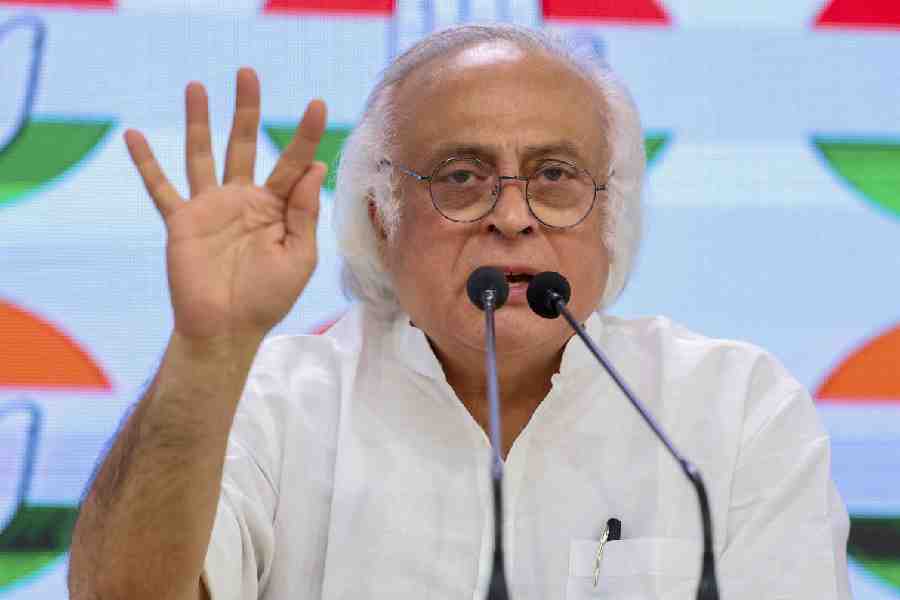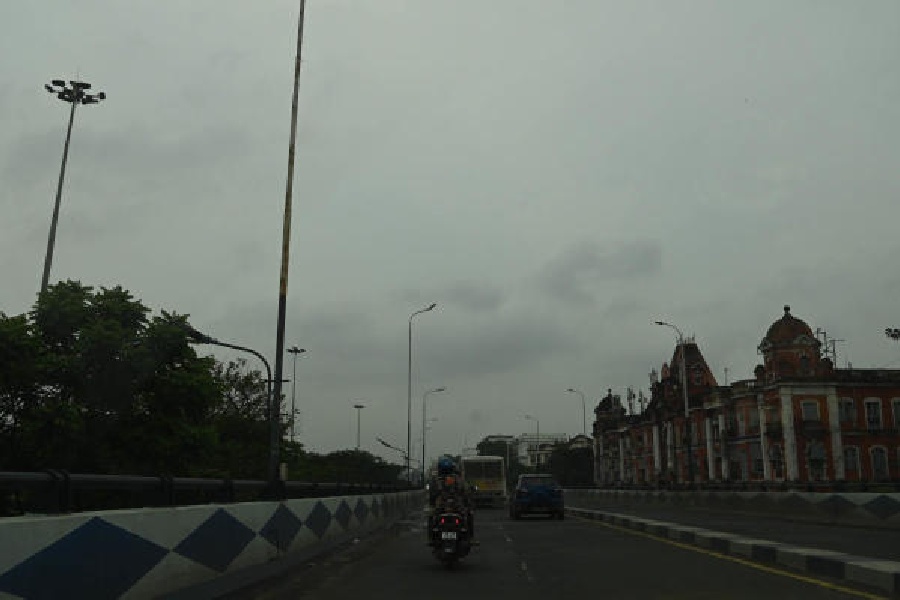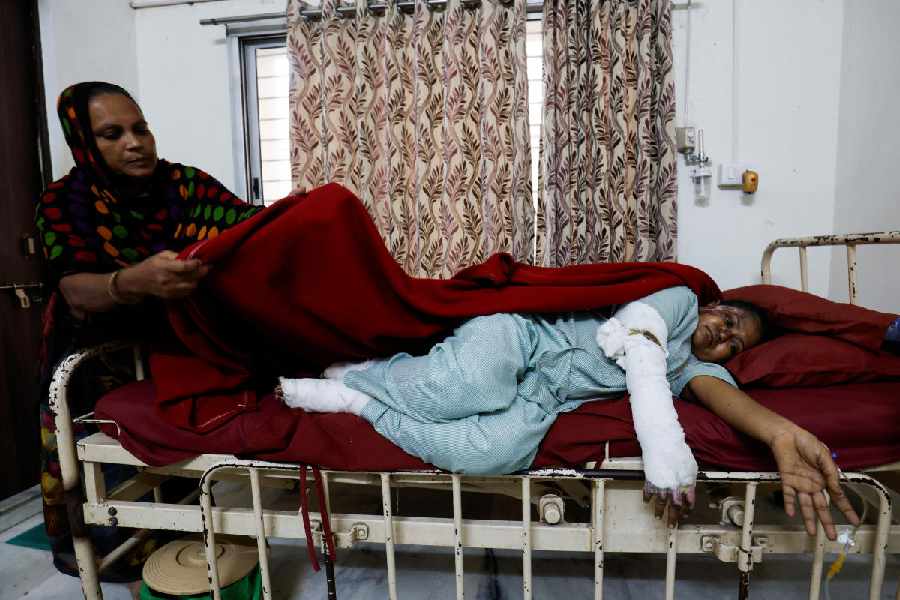Cooch Behar, Oct. 16: Fifty-five years after Independence, Sitai block remains isolated in a forgotten world, where residents, exceeding a lakh, live a recurring nightmare with the meandering Shingimara river providing the only connection with Dinhata.
Rickshaws, taxis, jeeps and cycles are all fair baggage for boats that ply from morning to night between Adalbari ghat and Dinhata on the other bank. Accidents are not uncommon. Yet, thousands undertake the perilous journey everyday, on their way to work, school or the hospital. As darkness descends and the service stops, they remain trapped, without communication, till dawn the next day.
“Though the need for a bridge spanning the river has been a constant issue of discussion, taken up by all political parties that have occupied the seat of power, the despair has sadly been missing,” said a local resident. “They use the bridge as an election promise and then go ahead and forget about it once they win the polls. Seasons change but our fortunes stay the same.”
Come rains and the phlegmatic Singhimara metamorphoses into a raging turbulence that threatens everything within striking distance with destruction. All boats are moored for the season. The local people are then forced to trudge over a broken 75-km track to reach Dinhata. “Without proper medical facilities in our area, illness on many occasions proves fatal,” said a local resident.
During peak winter and summer, water levels fall below the threshold required to run boats. Then people are forced to walk through mud wallows and ankle-deep water to cross the river.
Not willing to put up with the attitude of their leaders, the local people have come together to place a demand for the construction of a bridge. MLA Nripendra Nath Roy in turn has promised to have the bridge ready before the upcoming elections. He said: “We have raised the issue of construction in the Assembly and I have personally spoken to the PWD minister.”
A preliminary survey conducted to draw up the blueprint suggests that planners have decided to erect 38 support pillars at a distance of 45 metres from one another. “The construction will begin once the monsoon is over,” Roy said.










